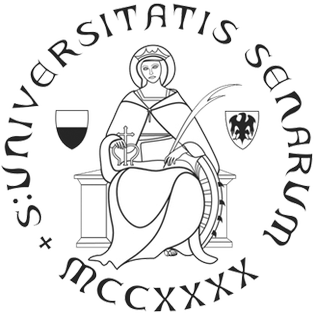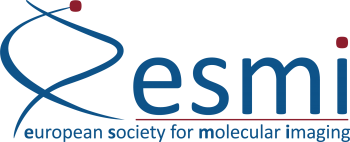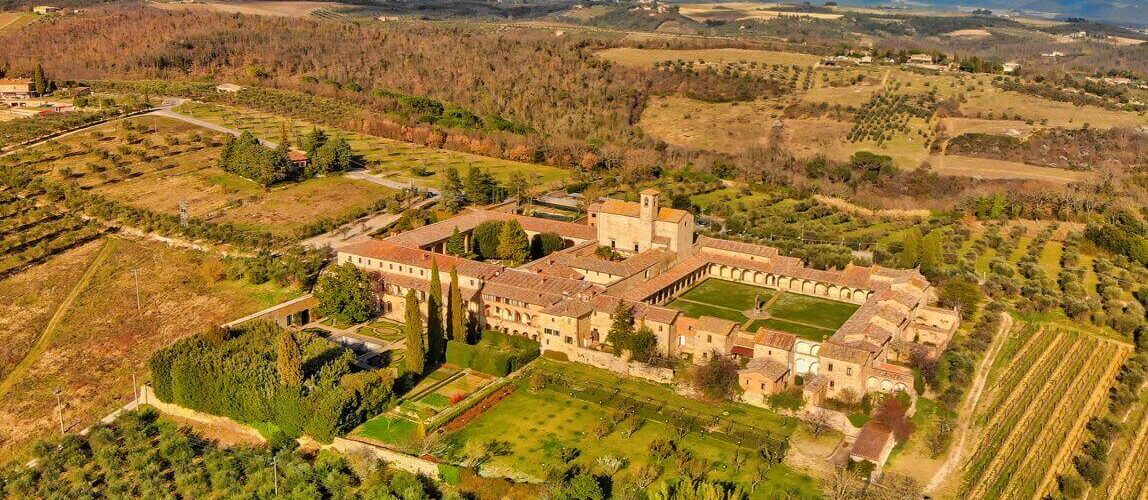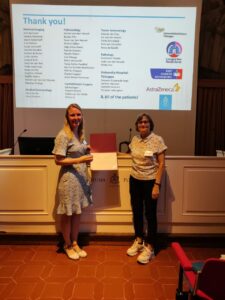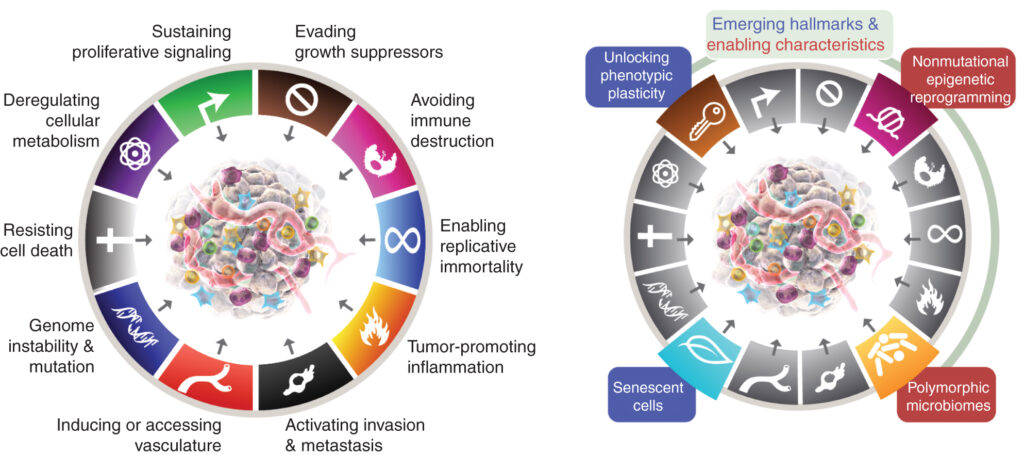Looking back @ TOPIM 2024 | Edition #15
- Date: 26-30 August 2024
- Venue: Certosa Di Pontignano – Siena, Italy
What a return of TOPIM . Thanks to all who participated, shared their research, engaged in discussions & opened up new horizons on “Imaging the Hallmarks of Cancer”
Read more about the TOPIM concept and upcoming editions here.
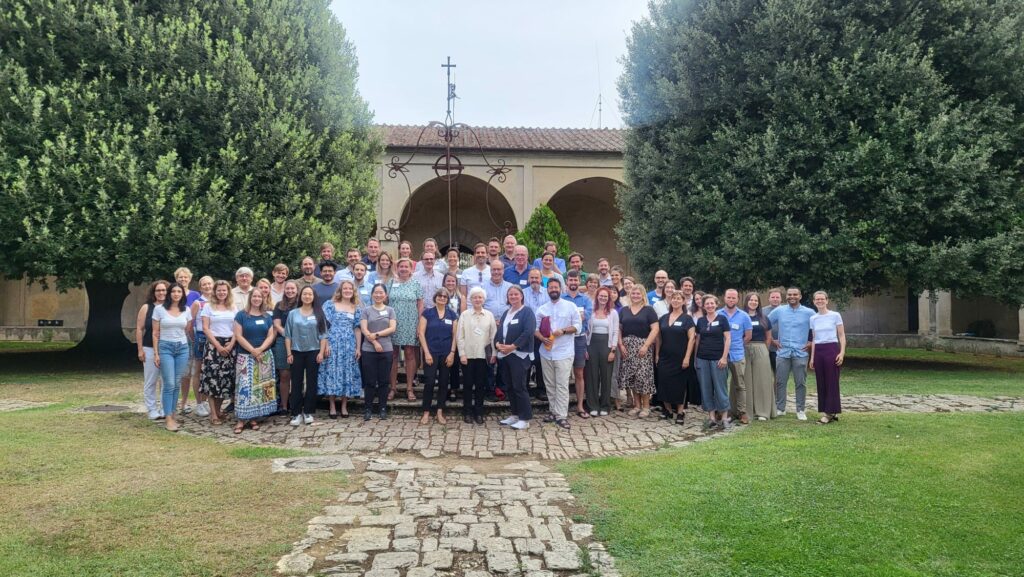
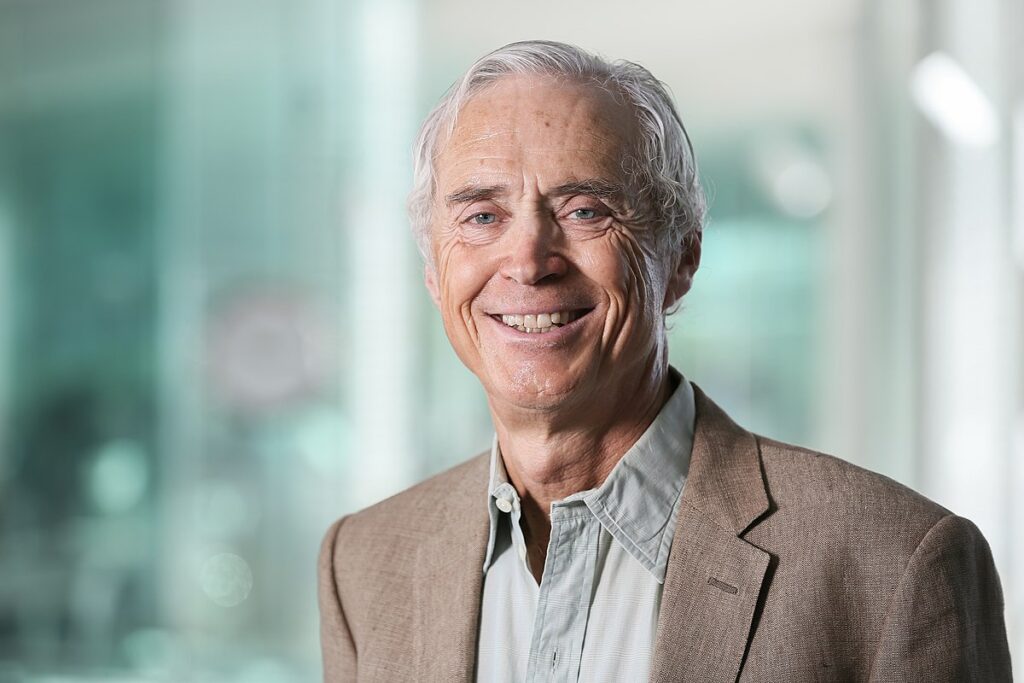
TOPIM 2024 kicked off with a welcome lecture by Douglas Hanahan. Followed by an exciting, well-balanced mix of top-notch keynote speakers, talks, and poster presentations selected from abstract submissions, group discussions, and excursions to the magic environment of Tuscany. TOPIM concluded with the highlight lecture by Kevin Brindle, Cambridge.
Detailed programme (incl. abstracts)!
Programme at a Glance (one-page, pdf download)
Poster Award Winner
View Winner Poster
- Label-free assessment of myeloma therapy by protein structure sensitive mid-infrared optoacoustic microscopy – Francesca Gasparin, Munich
- Towards clinical application of MR cell size imaging for characterization of the tumor microenvironment – Evelyn van Genugten, Nijmegen
Group Work Winner
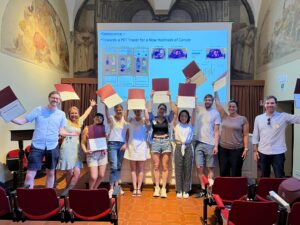
Step1: Select a hot topic for your project in which molecular imaging can make an impact
Step 2: Develop an innovative approach to address the topic
Step 3: Prepare a winning pitch to “sell” your project to investors or research funding
The Theme
After the first TOPIM edition on “Imaging the Hallmarks of Cancer” in 2013, it was time for an update!
Advances in non-invasive imaging and revolutionised medical care have improved tumour detection and the survival of cancer patients. Over the last decade, significant progress in fundamental understanding of cancer biology, resulted in innovative interventions and set new demands also for imaging science and technologies.
The next challenge in non-invasive cancer imaging will be to detect and report on the biological hallmarks of cancer as defined by Hanahan and Weinberg. This challenge demands the development of new imaging technologies and principles for the visualisation and treatment of cancer.
The History of the Hallmarks of Cancer
With the introduction of the hallmarks of cancer in 2000, Hannahan and Weinberg defined essential molecular processes that depict the fate of a tumour cell – reference: (1) Hallmarks of cancer. Cell. 2000 Jan 7;100(1):57-70. doi: 10.1016/s0092-8674(00)81683-9.
Via an update in 2011, they added two hallmarks and two enabling processes – reference: (2) Hallmarks of cancer: the next generation. Cell. 2011 Mar 4;144(5):646-74. doi: 10.1016/j.cell.2011.02.013.
In 2022, Hannahan expanded even further, exemplifying the complex nature of cancer and the importance of these pathways for therapy – reference: (3) Hallmarks of Cancer: new dimensions. Cancer Discov 2022;12:31–46, doi: 10.1158/2159-8290.CD-21-1059.
Left, the Hallmarks of Cancer currently embody eight hallmark capabilities and two enabling characteristics. In addition to the six acquired capabilities—Hallmarks of Cancer—proposed in 2000 (1), the two provisional “emerging hallmarks” introduced in 2011 (2)—cellular energetics (now described more broadly as “reprogramming cellular metabolism”) and “avoiding immune destruction”—have been sufficiently validated to be considered part of the core set. Given the growing appreciation that tumors can become sufficiently vascularized either by switching on angiogenesis or by co-opting normal tissue vessels (128), this hallmark is also more broadly defined as the capability to induce or otherwise access, principally by invasion and metastasis, vasculature that supports tumor growth. The 2011 sequel further incorporated “tumor-promoting inflammation” as a second enabling characteristic, complementing overarching “genome instability and mutation,” which together were fundamentally involved in activating the eight hallmark (functional) capabilities necessary for tumor growth and progression.
Right, this review incorporates additional proposed emerging hallmarks and enabling characteristics involving “unlocking phenotypic plasticity,” “nonmutational epigenetic reprogramming,” “polymorphic microbiomes,” and “senescent cells.” The hallmarks of cancer graphic has been adapted from Hanahan and Weinberg (2).
Keynote Speakers
- Douglas Hanahan, Lausanne
- Hellmut Augustin, Heidelberg
- Zaver Bhujwalla, Baltimore
- Jan Böttcher, Munich
- Ralph DeBerardinis, Dallas
- Jolanda de Vries, Nijmegen
- Raghu Kalluri, Houston
- Bernd Pichler, Tübingen
- Hidde Ploegh, Boston
- Yvette van Kooyk, Amsterdam
The Committee
- Michal Neeman – Rehovot, Israel (Chair)
- Fabian Kiessling – Aachen, Germany
- Kevin Brindle – Cambridge, UK
- Jolanda De Vries – Nijmegen, The Netherlands
- Bernd Pichler – Tübingen, Germany
- Silvio Aime – Torino, Italy
- Nicola Di Stefano – Siena, Italy
- Margret Schottelius – Lausanne, Switzerland
Location
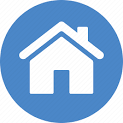 Venue
Venue- Certosa di Pontignano,
- Località Pontignano, 5
- 53019 Castelnuovo Berardenga, Siena Italy
